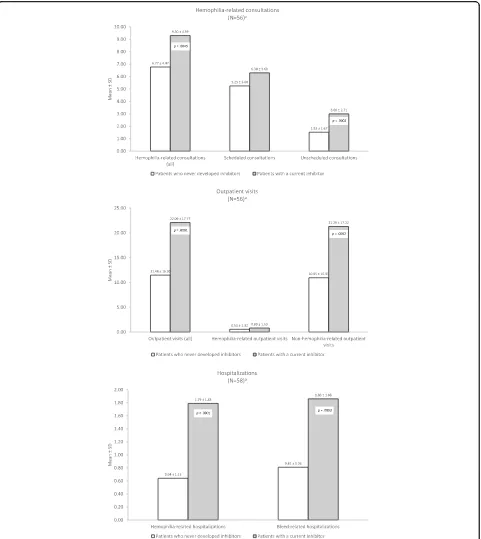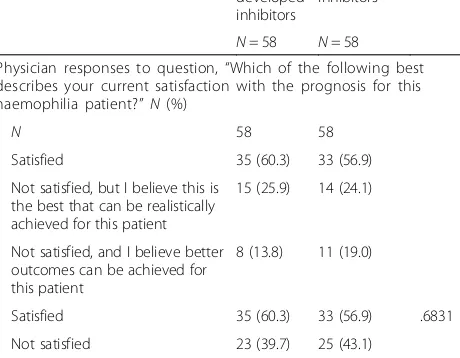Inhibitor clinical burden of disease: a comparative analysis of the CHESS data
Full text
Figure
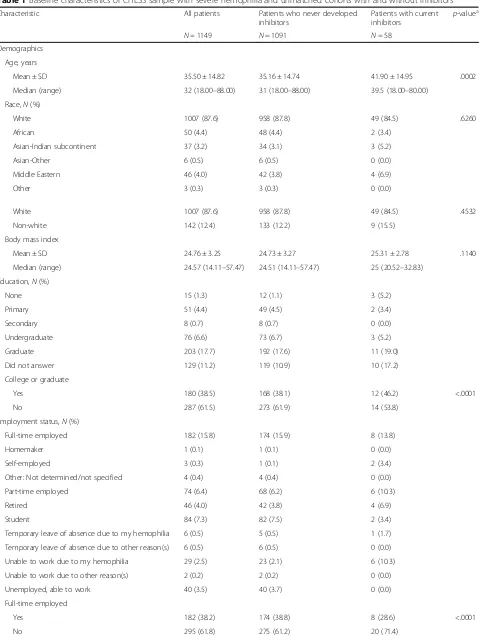
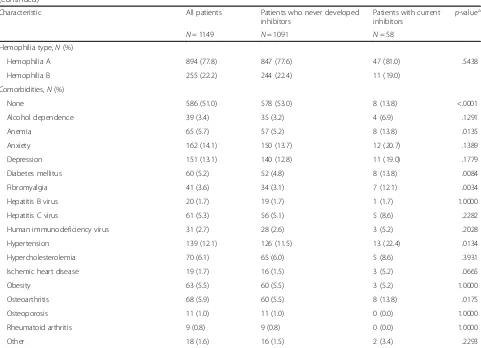
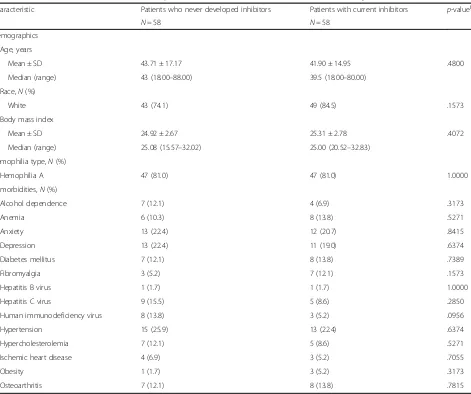
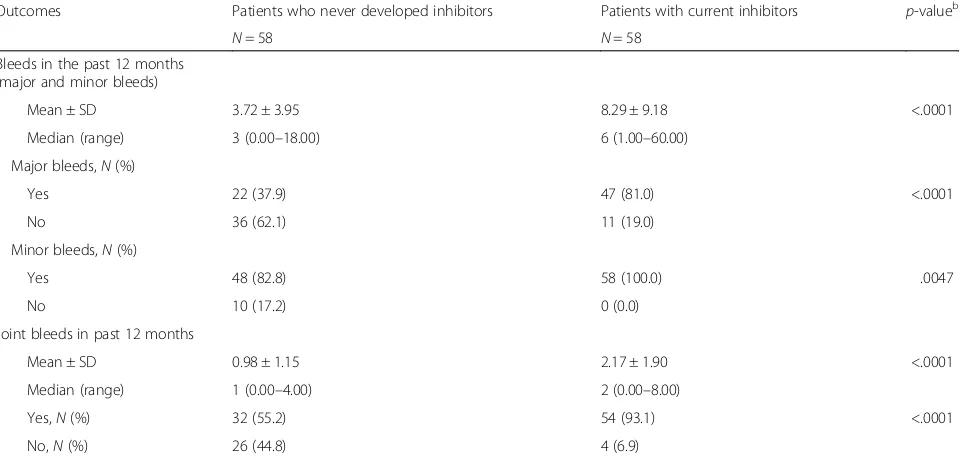
Related documents
After performing experiments with different data sources’ aggregations and comparing against a centralized learning model, the results revealed that a federated model can shorten
2 In addition, the RA portals for both the Device and Organisation Certificate Authorities will enable the RA Manager and individual RA Agents to view the certificate requests
This paper presents an ID-based modified mutual authentication key agreement protocol based on elliptic curve cryptography.. In this protocol, two entities which
A large observational study in children and adoles- cents with AR due to grass or tree (birch, alder, hazel) pollen for ≥1 year (with or without intermittent asthma) demonstrated
The aim of the study was to assess the presence of pathogenic microbes on treatment tables in one outpatient teaching clinic and determine a simple behavioral model for
Also, both diabetic groups there were a positive immunoreactivity of the photoreceptor inner segment, and this was also seen among control ani- mals treated with a
For many discrete gambles with a large number of values, the Foster– Hart riskiness is close to the maximal loss.. We give a simple characterization of gambles whose riskiness is or
The results suggest that, by constraining each other, the stakeholders under each of the three major categories (government, donors and CHAM) exert some influence over resource
